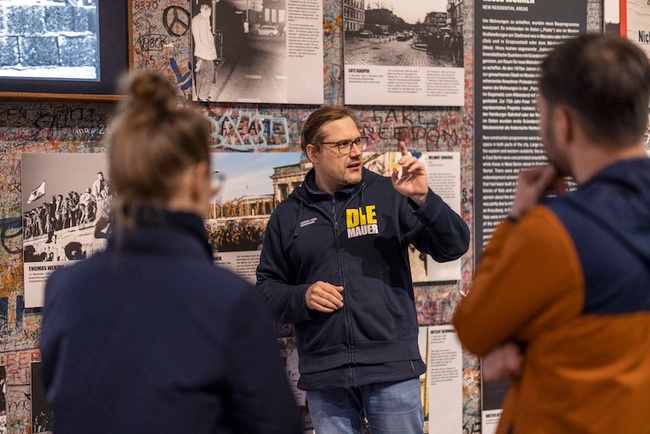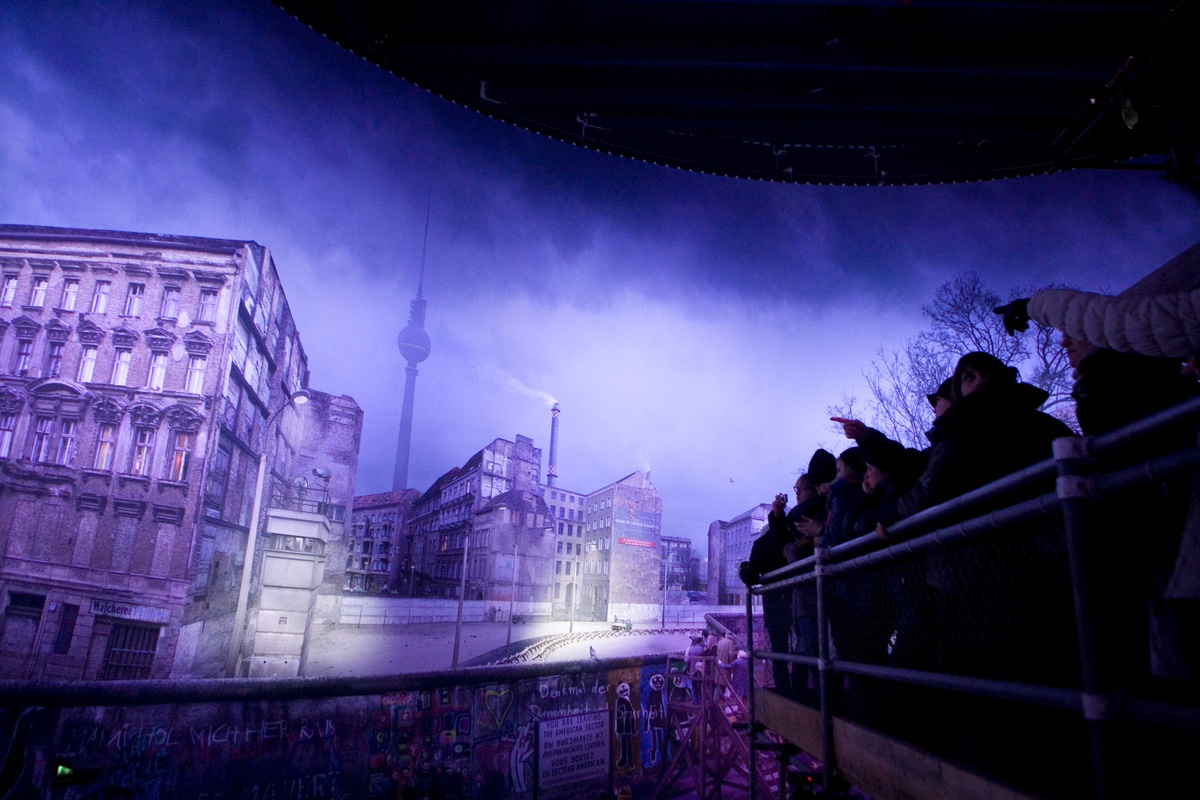
asisi Panorama Berlin
In the location's words:
The panorama THE WALL shows a condensed composition of everyday life experienced by Asisi himself in the Kreuzberg district of West Berlin in the 1980s. On a fictitious autumn day, you experience stories and scenes that took place right next to the Berlin Wall: People moving apartments, children playing, Wall tourists, graffiti painters and much more.
From a visitor platform, you will experience a realistic 1:1 scale view of the panoramic image: you will experience in an impressive and unique way how everyday and at the same time cruel life was in the shadow of the Berlin Wall. As a visitor to this 360° installation room, you take the position of a West Berlin citizen living in Berlin-Kreuzberg directly opposite the Berlin Wall with a view of the GDR death strip and can see all the way across into the GDR. You become part of an unreal scenery of dilapidated and squatted apartment buildings near the wall strip with punks, wall artists, tourists and border guards.
A contemporary witness photo exhibition introduces the time of the construction of the Wall, the division and the fall of the Wall in Berlin with about 80 private photos of Berliners. In addition, sketches and drawings by the artist provide insight into the creation of the panorama work. In addition, panels refer to the artist's biography and his approach in the creation of the panorama THE WALL. Original sketches by the artist illustrate the process of creation.
The visit is rounded off with various films: In "On Both Sides of the Wall" Yadegar Asisi describes his view of the division, his life in the GDR and the FRG, and his adopted home Kreuzberg as the basis for the creation of the panorama DIE MAUER. Two other alternating films show Asisi's private footage of the night of the fall of the Wall at the Brandenburg Gate as well as footage taken by the French journalist Axel Gyldén in 1986 and 1987 from West Berlin.
As a contemporary witness of both systems, Asisi does not pose the question of guilt or innocence; rather, he is concerned with a condensed depiction of this absurd normality that people experienced in their everyday lives in the shadow of the Wall. The way people dealt with a wall and a death zone in the immediate vicinity, which seems frightening from today's perspective, was the reason for creating this picture.
Öffnungszeiten
Future events by asisi Panorama Berlin
 Museum
Museum
IKONO Berlin
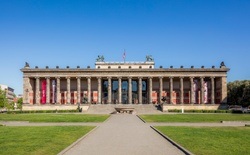 Museum
Museum
Altes Museum
 Museum
Museum
Deutsches Historisches …
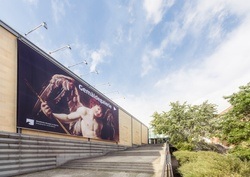 Museum
Museum
Gemäldegalerie
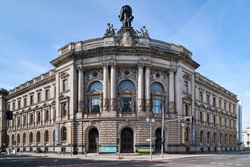 Museum
Museum
Museum für Kommunikatio…
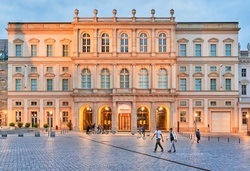 Museum
Museum
Museum Barberini
 Museum
Museum
Humboldt Forum
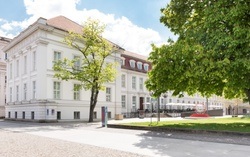 Museum
Museum
PalaisPopulaire
 Museum
Museum
Haus am Waldsee
 Museum
Museum
Schloss Britz
 Museum
Museum
S-Bahn Museum
 Museum
Museum
Haus der Kulturen der W…
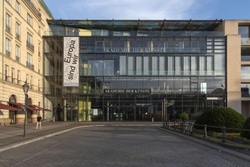 Museum
Museum
Akademie der Künste | P…
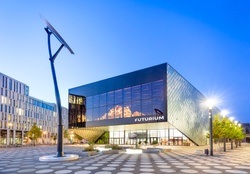 Museum
Museum
Futurium
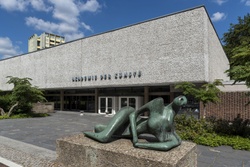 Museum
Museum
Akademie der Künste | H…
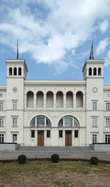 Museum
Museum
Hamburger Bahnhof - Nat…
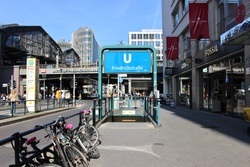 Museum
Museum
Tränenpalast
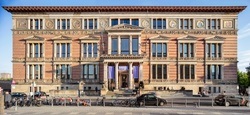 Museum
Museum
Gropius Bau
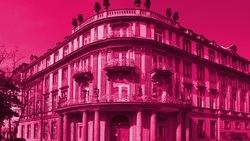 Museum
Museum
Museum Ephraim-Palais
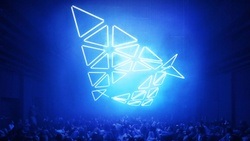 Museum
Museum
DARK MATTER Berlin



